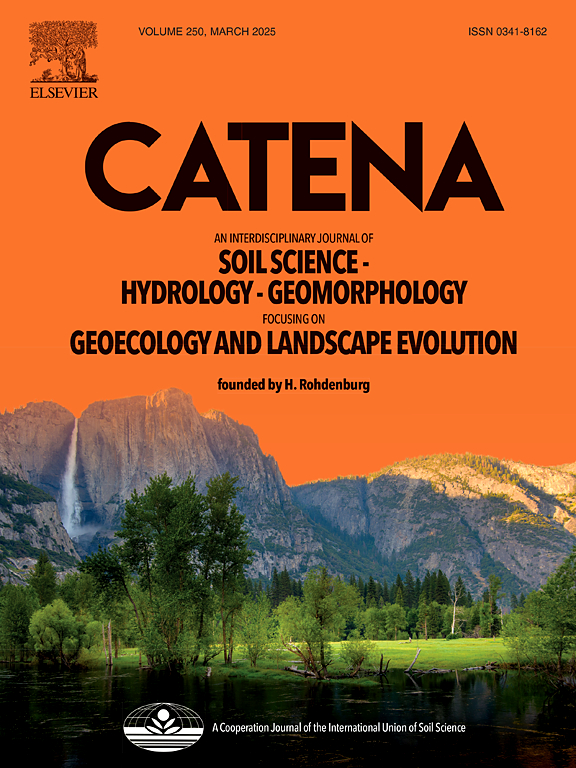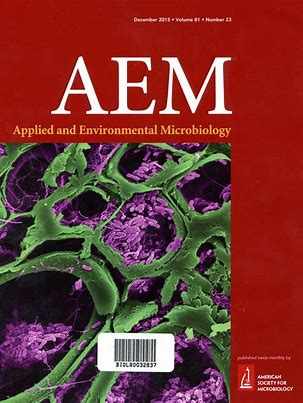- Topic:Water and matter cycles
Recent Developments and Emerging Challenges in Tracer-Aided Modeling
Seasonal and Inter-Annual Dynamics in Water Quality and Stream Metabolism in a Beaver-Impacted Drought-Sensitive Lowland Catchment
The authors monitored water quality parameters over 3 years in an intermittent stream network in the eutrophic, lowland Demnitzer Millcreek catchment, Germany. They focused on the effects of wetland systems impacted by beaver dams on the diurnal, seasonal and inter-annual variation in water quality dynamics and modelled stream metabolism.

Assessment of the sediment load in the pearl river estuary based on land use and land cover changes
Nutrient pulse scenarios drive contrasting patterns in the functional stability of freshwater phytoplankton
Revising Common Approaches for Calibration: Insights From a 1-D Tracer-Aided Hydrological Model With High-Dimensional Parameters and Objectives
Dimensionality of parameters and objectives has been increasing due to the accelerating development of models and monitoring networks resulting in major challenges for model calibration. The study highlights limitations of high-dimensional calibration approaches, the role of data uncertainty and deficiencies in model structure of process-based ecohydrological models.

Stable isotope tempestology of tropical cyclones across the North Atlantic and Eastern Pacific Ocean basins
VTraFlux − A model toolbox to determine transient vertical exchange fluxes in hyporheic sediments from time series of natural tracers

Viability and Motility of Escherichia coli Under Elevated Martian Salt Stresses

Inside the Atacama Desert: uncovering the living microbiome of an extreme environment
Attributing Urban Evapotranspiration From Eddy‐Covariance to Surface Cover: Bottom‐Up Versus Top‐Down
Evapotranspiration (ET) is an important process in the water cycle that can help reduce heat stress in cities. However, it is dependent on surface cover. The study provides insights that can inform urban planning and water management decisions, including improving the living environment of city dwellers.






